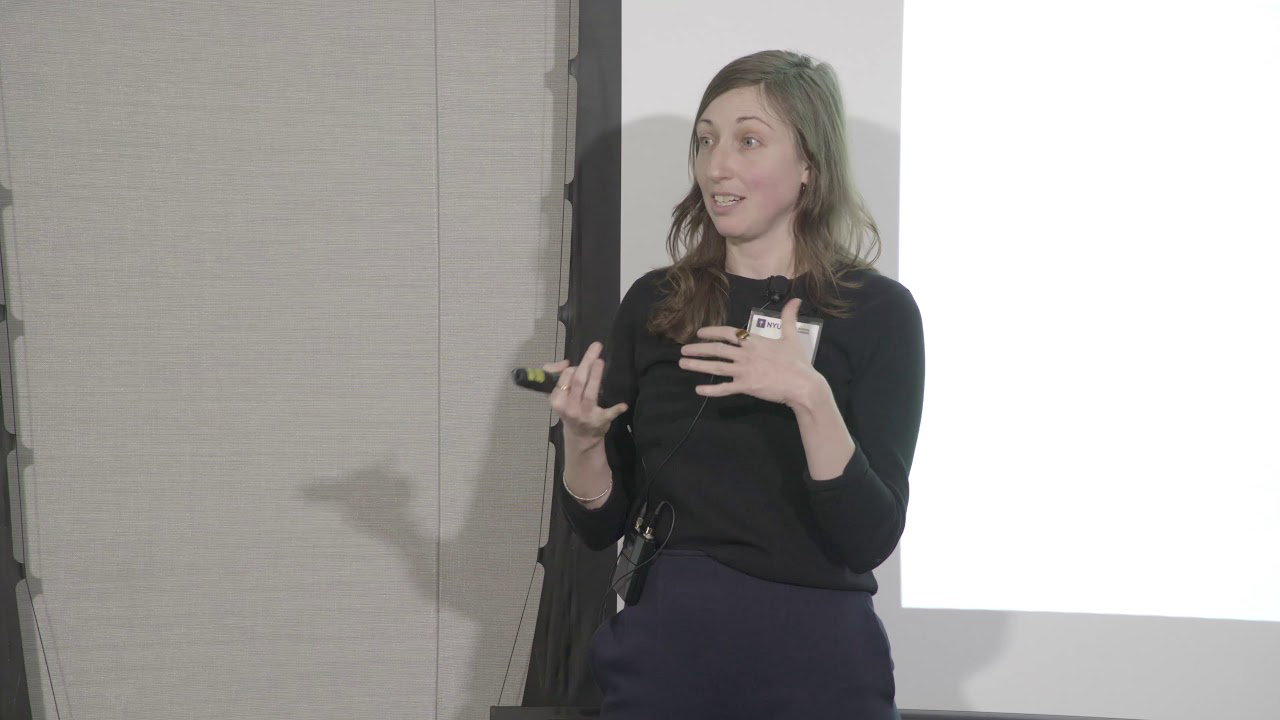By Avery Matteo, Staff Writer
Bi-Co students gathered at Haverford College on Monday evening to hear Andrea Silverman, an accomplished environmental engineer and Assistant Professor at New York University. Silverman has several departmental appointments at the university, working within and between the Department of Global Health at the College of Global Public Health, the Tandon School of Engineering, and the Department of Civil and Urban Engineering. Much of her work surrounds the development of sustainable wastewater systems that aim to improve compromised public health due to flooding, especially in urban areas.
While Silverman has traveled far throughout her career—both geographically and across disciplines—Monday’s presentation was focused on a local project titled “The Impact of Flooding on the Urban Microbiome.” Silverman is a New York City resident familiar with the damaging effects of flooding in the same neighborhoods,and conducts the research needed to do something about it. She and her students swab small squares of city sidewalks after weather events and test them for hazardous pollutants and microbiomes, yielding data that is vital in proving the public health risks associated with flood water contaminants.
Silverman explained how her team aims to predict where flooding will occur and the best locations to collect samples. The most severe flooding is predictable because water follows the paths of old stream beds, even if buildings are constructed over them. This leaves the same neighborhoods continually vulnerable to unfavorable sanitation conditions as flood water is often contaminated with fecal matter, hazardous wastes, and dangerous debris.
Silverman emphasized the severity of environmental damage in the Gowanus neighborhood of Brooklyn where her hyperlocal study is focused. The Gowanus Canal is a notoriously toxic body of water left polluted with oil, chemicals, and coal tar from the gas factories that previously lined the canal. Due to the long-term and extensive nature of the damage, the Gowanus has been chosen as a Superfund site. This designation by the Environmental Protection Agency means that the site should be investigated, cleaned, and provided with a long-term rehabilitation plan.
While the classification of the Gowanus Canal as a Superfund site sounds as if it comes with an official promise of action, there have been no attempts to restore the site so far. Commuters and residents in the area still have to come into contact with the noxious waters of the Gowanus every time there is heavy rainfall and sludge flows into the streets.
Very little can be done about the stagnant clean up process, but Silverman noted that she is taking a different approach by working to tackle the challenge of flood tracking. She has discovered that cameras are difficult to install due to legal and privacy-related concerns, so she is in the process of experimenting with water level and resistance-based sensors to monitor street flooding.
Crafting solutions for the amalgamation of social and environmental problems spawned by flooding is a complicated task. However, Silverman is pushing us in the right direction with her ability to interweave scientific data and feasible public health solutions—reaching toward a better, healthier future for Brooklyn residents.
Image credit: YouTube, NYU Tandon School of Engineering
